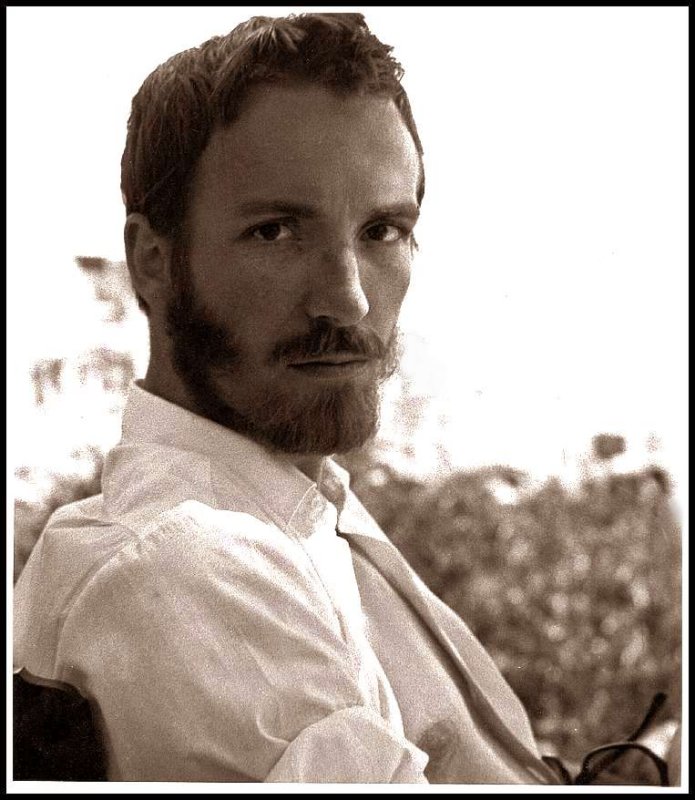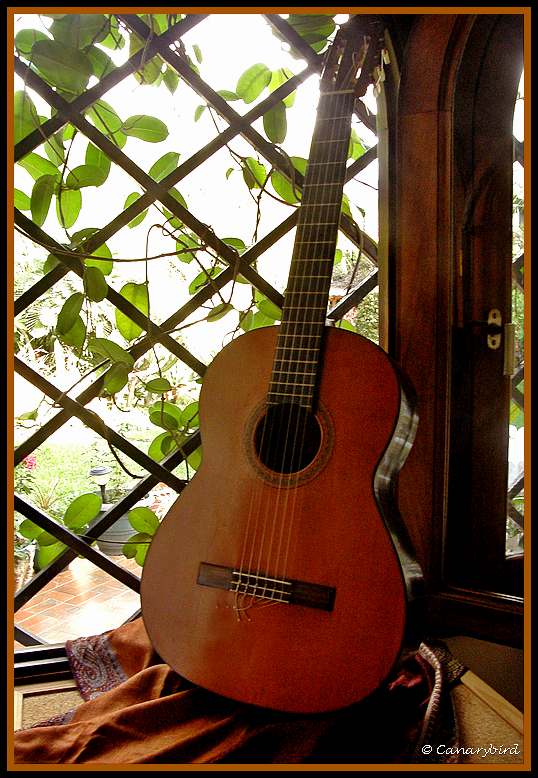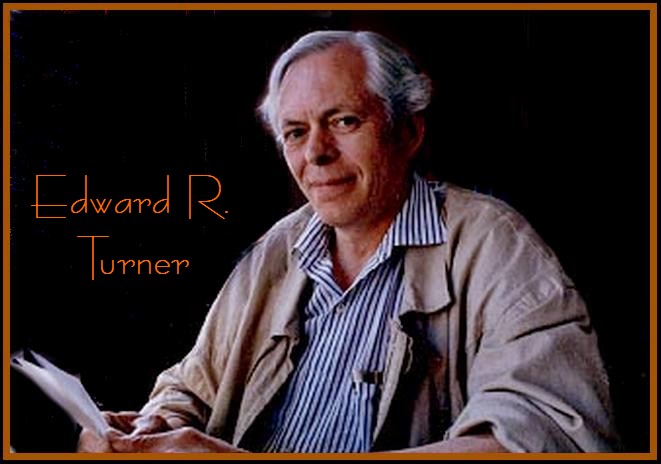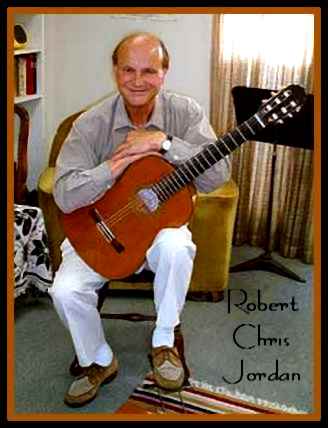
Chapter 33
As Helen's wedding preparations were under way, it became necessary for her to make a trip to Barcelona in order to finalize the guest list and other details of this important event with José and his family who lived near Barcelona's city centre in a residential apartment or
piso.
Since it wasn't considered proper for Helen to travel alone she was to have a chaperone. I was elected. And of course I was delighted to be offered a paid trip to Barcelona when my only task would be to accompany Helen and her fiancé around the city and visit his parents.
We would travel on the overnight ferry of the Trasmediterránea Line from Palma and stay in a hotel.

As I didn't have a small overnight bag, I prepared my pink and green striped plastic suitcase that had served for my trip from Vancouver to Spain. Not much to put in there except the black and white flowered cotton dress I'd made before leaving Canada, one pair of shoes, nightdress, housecoat and slippers.
I made sure to bring my camera, an old German Voigtländer 35mm film camera that my father had given me on my 21st birthday. As I didn't have enough money to pay for colour film, I used black and white or slide film for which, in later years, I was thankful, since the photo quality lasted fairly well over the years, certainly better than could be expected of coloured prints of that time.
We also brought what was the standard snack food to take on picnics or journeys: the famous Inca biscuits of Mallorca. No picnic or venture away from home could be undertaken without a bag of these
galletas de Inca which were first elaborated in the 19th century at the request of shipping companies which needed a sturdy biscuit suitable for taking on long voyages. The name comes from the original factory in the town of Inca, Mallorca.

Hard, oval, thick crackers, with a slight centre indentation, packaged in a transparent plastic bag and which, when squeezed a certain way on the sides with both hands would split perfectly in half horizontally, making them easy to top with a drop of olive oil, a small piece of cheese or ham. When you pressed too hard, or the wrong way they would crumble and you'd have to eat the little dry pieces from your lap.
Another indispensable snack for travelling was a bag of Galletas Maria.

Thin, flat and round, these were slightly sweet biscuits which would hardly have been popular in Canada I thought, as they were so plain. However in Spain at that time when there was little else available, one became accustomed to them, even learning to enjoy dipping them in coffee for breakfast.

The boat was to leave the Palma dock late at night and would arrive early the next morning in Barcelona. The sleeping accomodation at that time was in segregated (women or men only) windowless four-berth cabins, consisting of two sets of bunk beds with a wash basin in between and a bathroom down the corridor. This photo from
www.norwayheritage.com shows a cabin similar to ours on a different ship, except that we were in a four-berth room with no window. But ours was as basic as the one in this photo.

As we didn’t as yet have cabin companions, we left our cases in the room, closed the door and went up on deck to the bow of the ship. There was a full moon and the air was warm. As we stood in the evening breeze in our summer dresses, the boat began to move away from the dock and I marvelled at the mild Mediterranean air. Even as the ship picked up speed, the breeze was balmy.
I recalled such evening boat trips from Vancouver to Vancouver Island, where out on deck on an early summer evening we would be warmly wrapped in pullovers or jackets. When the lights of Palma harbour were far in the distance we went back downstairs to our cabin. We had company.

Gypsy Mother - Painting by Robert Henri 1906
There was a middle aged Spanish lady arranging her belongings in the opposite top berth and a young gypsy mother with a baby sitting on the bottom berth.
The young mother looked like a child herself. Her baby was cranky and whining and I wondered if they had eaten that day. After we exchanged greetings, Helen and I prepared for bed. I took the upper bunk.
As there were no lockers in the room, we had to sleep with our suitcases and handbags at the end of the berth, by our feet. I wondered if I would get any rest that night, since I was so excited over this venture. But the motion of the boat soon put me into a sound sleep.
Unfortunately the gypsy mother was seasick and spent the night vomiting into the washbasin. We weren’t aware of it until early morning when we woke and discovered her plight. The baby was crying out ‘pa…pa…pa’ which I couldn’t understand but was told by Helen that he was saying ‘pan’ - bread.
The child was hungry and they didn’t have anything to eat. So we gave them the Galletas Maria which would have to do until they reunited with the male members of their family who were sleeping in another part of the ship.
After Helen and I had each taken a breakfast of cafe con leche and a hard breakfast
bocadillo (small baguette sandwich) with cheese in the cafeteria we went out on deck to watch the arrival in Barcelona as the sun was rising.
It was a beautiful beginning to our day.

Photo credit Barcelona Sunrise to Louise Huot on Webshots

Next:
Gaudi and the Gothic Quarter
Go back to Chapter 32
The Bride's Hand
 Chapter 35
Chapter 35













































































